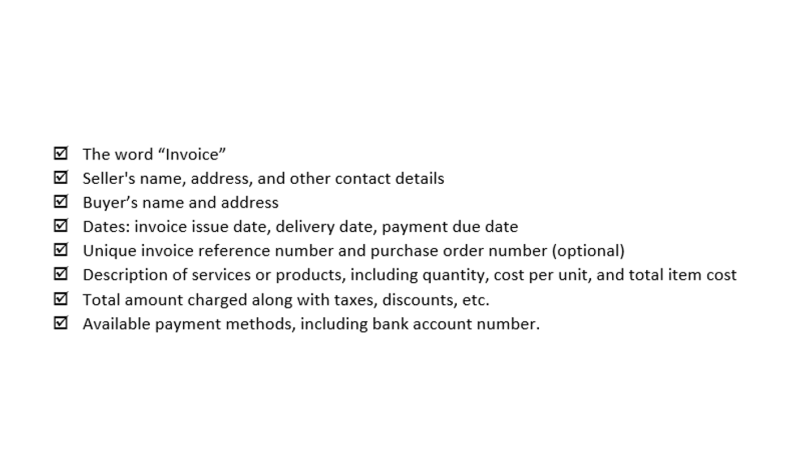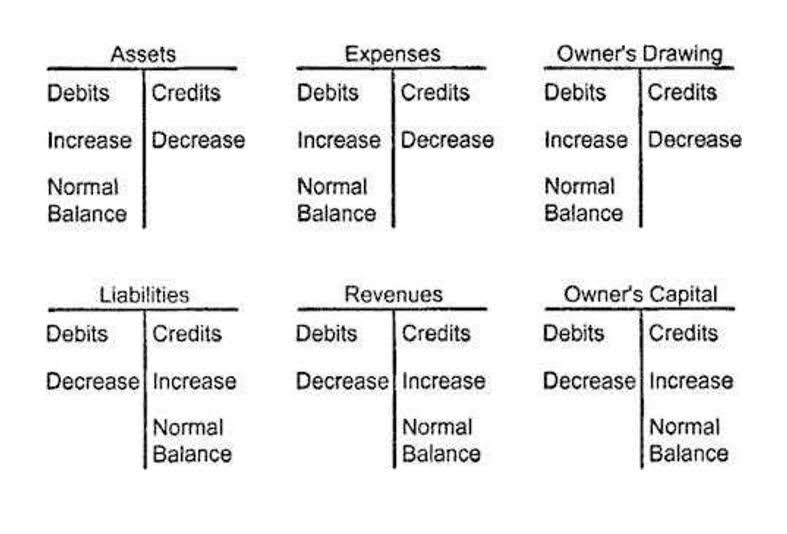
In some cases, a company may desire to hedge an aggregate exposure that results from combining a risk exposure in a nonderivative instrument and a separate exposure in a derivative instrument. For example, a company may wish to hedge accounting eliminate exposure to variability in cash flows from changes in interest rates on a debt instrument using an interest rate swap as well as eliminate foreign currency exposure. IFRS 9 allows an aggregate exposure comprising a nonderivative and a derivative instrument to be designated as the hedged item; therefore, hedge accounting need not be applied to each instrument separately.

Continue your hedge accounting learning

This helps in maintaining a balance in the company’s assets and liabilities despite market fluctuations. The new standard which defines hedge accounting in a fresher perspective would reduce the time, effort, and expense of the businesses. At the same time, investors would receive accurate and timely financial reporting. Though there would be detailed initial assessments, disclosures, risk management assessment, financial impact assessment, and data requirements, it would help is to attain the real value of the information. In investment circles, the term “hedge fund” is used to describe a financial vehicle that can offset market volatility. This is often done with derivatives, Partnership Accounting or options, that represent an opposing position from a primary investment.
Qualifying hedged items and hedging instruments
Hedge accounting is similar, except it is used on financial statements. This can’t be helped, because financial instruments are gross vs net constantly gaining or losing their value. As such, a hedging instrument has to be used to help stabilize those values.
- There are a lot of moving parts in this workflow and there is potential for fraud, which we’ll get into below.
- For a cash flow hedge, some of the derivative volatility is placed into a separate component of the entity’s equity called the cash flow hedge reserve.
- Any variation of this process will alter the company’s financial reports.
- Rather, the hedge and the original security are recorded together.
- Take this into account when discussing financial management strategies.
- By calculating the value of that hedge, we can estimate how much the foreign exchange transaction will cost.
Definition of hedge accounting

With that said, this doesn’t mean it’s the right fit for your company. There are certainly advantages to using it, but there are also some drawbacks. Before discussing its implementation at your business, review the following pros and cons. Accounting methods to reconcile these differences are called hedge accounting. The two entries, the fair value, and the opposing hedge are treated as one.

Prospective tests look forward, and determine if an instrument is going to be effective. To effectively hedge, an instrument must be expected to be highly effective for periods of time. Explore the essentials of hedge accounting, its types, and how it influences financial reporting and decision-making.
- Let us discuss the need and solutions for the same through the explanation below.
- In the process, the company removes any likelihood of experiencing loss on the said currency, in case its value drops.
- Cash is considered the best way to hedge a portfolio due to its stability and liquidity.
- A key requirement for hedge effectiveness is an economic relationship between the hedged item and the hedging instrument.
- By aligning the recognition of hedging instruments with the hedged items, businesses can achieve a smoother earnings profile, reducing the apparent volatility that might otherwise arise from market fluctuations.
- Hedge accounting uses equity/derivatives which we shall learn more about.
However, due to market fluctuations, the steel price now rises to $3000 per tonne, resulting in an increased cash outflow of $300,000. This translates to an additional cash outflow of $100,000 that the company had not accounted for. By entering into a future contract, Company XER can lock in $2000 per tonne as steel price through a forward contract. Then, irrespective of the increase in the price of steel, the company would still make the same net payment, and thus, the forward contract is the hedging tool. A very common occurrence of hedge accounting is when companies seek to hedge their foreign exchange risk.

Aggregated exposures
The risk being hedged here is a change in the fair value of asset or liability or an unrecognized firm commitment attributable to a particular risk. Although we endeavor to provide accurate and timely information, there can be no guarantee that such information is accurate as of the date it is received or that it will continue to be accurate in the future. No one should act upon such information without appropriate professional advice after a thorough examination of the particular situation. Unlike traditional accounting, where the data feeding is automated, in hedge accounting data is fed manually. This opens doors for the occurrence of frauds and therefore, companies must adhere to strict regulations while opting for hedging. He has holding equity of ABC company worth $100 (10 shares of $10 each).

